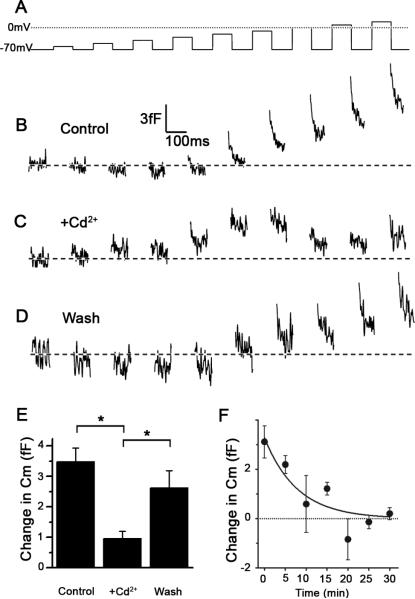Figure 4. Cd2+-mediated attenuation of voltage-induced changes in Cm in a Type III taste cell.
(A) The sequence of voltage pulses applied to the taste cell clamped at -70 mV. (B) Control depolarization-induced changes in Cm, recorded before the application of Cd2+ Tyrode's solution. (C) Depolarization-induced changes in Cm recorded 3 minutes after the application of a Tyrode's solution containing 0.5 mM Cd2+. (D) Recovery of depolarization-induced changes in Cm following 5 min wash of the cell with Tyrode's. The traces in B, C and D were low pass filtered (100Hz, Gaussian filter). (E) Average amplitude of depolarization-induced increases in Cm, determined from the last 5 voltage pulses (-20 mV to + 20 mV) on 5 cells was significantly reduced (P<0.05) after the application of Cd2+. There was a significant (* P<0.05; one way ANOVA with Tukey's Multiple Comparison Test), recovery after washout of the Cd2+ Tyrode's. (F) Time-dependent amplitude reduction of depolarization-induced Cm in Type III taste cells (n = 6 cells). The voltage pulse protocol was applied to a single cell in 5 minute intervals. The response in Cm was averaged for the voltage pulses from -20 to +20 mV. The line represents the best fit to the equation of the form: Cm(fF) = (3.28 ± 0.63)e(0.127± 0.047)*time(min), yielding a time-constant of the decay of around 8 minutes. Error bars represent SEM.

